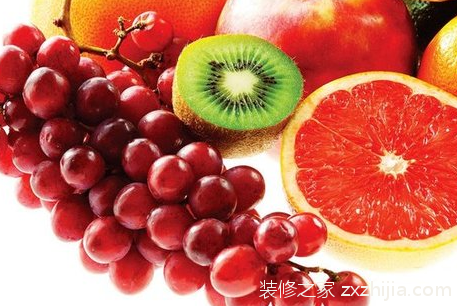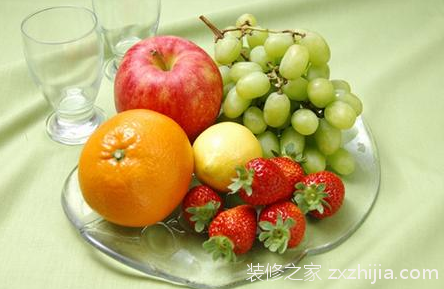Nowadays, whether it is spring, summer, autumn and winter, the fruits in the supermarket are glamorous. Have you ever thought about what is the reason? Speaking of it, it is still the "credit" of fruit preservatives ! Is fruit preservative safe? Can we clean the way we wash the fruit normally? With your questions, let's take a look at the decoration home decoration network Xiaobian!

Tomato: The commonly used preservative for tomato is o-phenylphenol (alias: ampoules, biphenol, o-phenylphenol sodium, 2 hydroxybiphenyl, and its sodium salt is widely used. O-phenylphenol is pink crystal. Easy Volatile, soluble in a variety of organic solvents. O-phenylphenol has a good inhibitory effect on tomato Rhizopus. For specific applications, it is generally sprayed, washed, dried, or foamed.
Recommended removal method: rinse with water or peel.
Peaches: Peaches often rot due to brown rot. The commonly used preservation method is the preservative preservation method, during which the peach is stored. Soaking with a mass fraction of 0.1% benomyl suspension at a temperature of 40 ° C for 25 minutes can prevent the decay of peaches.
Recommended removal method: Rinse with water and rub the skin of the peach by hand, or peel.
Strawberry: Phytic acid soaking method and chitin preservation method can be used for preservation. Phytic acid is a natural food additive, and the hardness of strawberries generally decreases rapidly after harvest. Renews the vitamin C degradation in the fruit and maintains the acid content of the fruit. Chitin can form a semi-transparent film on the surface of the fruit, thereby reducing the nutrient content and achieving the purpose of preservation.
Suggested removal method: When cleaning strawberries, rinse with water and gently touch the surface of the strawberry to remove most of the preservative.
Citrus: Sodium bicarbonate is often used as a preservative. Sodium bicarbonate itself has no direct bactericidal effect, such as oranges, oranges, and citrus fruits. However, when dissolved in water, the water will be alkaline, which will increase the pH of the surface of the fruit, and can inhibit the growth and reproduction of Penicillium and Green mold in the slightly acidic environment. At the same time, the lye cleans the residual dirt and germs of the fruit surface, and indirectly reduces the decay rate. In addition, citrus fruits often use wax-coated preservatives, which can block oxygen and microorganisms, and have the effects of increasing gloss and reducing water evaporation.
Suggested removal method: whether to use sodium bicarbonate or wax to keep fresh, preservatives generally can not penetrate the epidermis of citrus fruits, so you don't have to worry about eating, peeling.

Recommended removal method: Since thiophanate-methyl is insoluble in water, it is best to peel it when eating.
Pear: It is an antioxidant fruit preservative. The commonly used preservative for pears is tiger skin. Hard to dissolve in water, soluble in ethanol. Tiger Piling can well prevent the occurrence of black skin disease in the physiological disease of Yali. At present, the commonly used preservation method is to use Tiger Peeling to form a certain concentration of liquid medicine, and directly spray it onto the wrapping paper to make a wrap.
Suggested removal method: Since the preservative is sprayed on the wrap and is not directly applied to the surface of the fruit, it has little effect on the fruit. If you still have concerns, you can take the peeling method.
Grapes: not only can kill gray mold and other bacteria that cause grape rot, the tablets made of sulfite are the most ideal preservative for grape preservation. The principle of preserving grapes is the sulphur dioxide released by the decomposition of sulfite. Moreover, it has obvious inhibitory effect on the abscisic acid content and ethylene release of grape, can reduce the degranulation in grape storage, and can inhibit the polyphenol oxidase activity in various parts of the fruit during storage.
Recommended removal method: Since sulfite is a water-soluble preservative, it can be rinsed with water.
The above is the method of removing the fruit preservative introduced by everyone in the decoration home decoration network. In fact, it is not as terrible as we imagined. As long as you follow the method of Xiaobian, there will be no major problems! More life tips, please continue to pay attention to our life encyclopedia section, we will update you in real time!
Hair Cutting Scissors,Barber Cutting Scissors,Professional Hair Cut Scissors,Stainless Steel Barber Scissors
Zhangjiagang Mister Tools Co., Ltd , https://www.msscissors.com